Search
Did you mean: Salado Culture?
Remove Ads
Advertisement
Summary 
Loading AI-generated summary based on World History Encyclopedia articles ...
Search Results

Image
Painted Bowl from Halaf Culture
This painted bowl dates back to the Halaf period, Mesopotamia, sixth century BCE. (The Sulaimaniya Museum, Iraq).

Image
Stamp from Halaf Culture
A flat clay stamp with an image of its impression. This stamp dates back to the Halaf period, 5th millennium BCE, Mesopotamia, Iraq. (The Sulaimaniya Museum, Iraq).
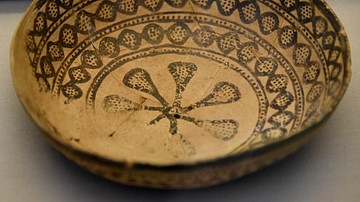
Image
Late Halaf Pottery Bowl
This pottery bowl was handmade and decorated with geometric designs in dark glossy paint. Potters of the Halaf Period produced some of the finest handmade pottery known from the ancient word. Halaf vessels are fired at high temperatures and...
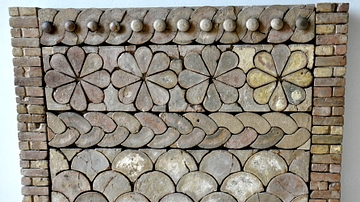
Image
Part of an altar from Tel Halaf
These enamelled bricks formed part of an altar at the forecourt of the temple palace of Guzana (or Gozan). From Tell Halaf (modern Al-Hasaka Governorate), northeastern Syria. Neo-Assyrian period, circa 800 BCE. (The Pergamon Museum, Berlin...
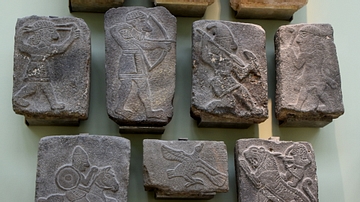
Image
Basalt Relief Sculptures from Tell Halaf
Tell Halaf is situated on the headwaters of the river Habur in modern-day north-eastern Syria. It was excavated between 1911-1921 by a German expedition under the direction of Baron Max von Oppenheim. Large areas of the early Iron Age city...
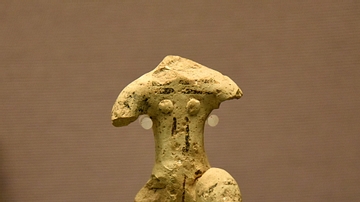
Image
Halaf Period Female Figurine
Female figurine of a seated woman. Fired clay. Halaf Period, 6000-5000 BCE. From Chagar Bazar, modern-day Al-Hasakah Governorate, Syria. (The British Museum, London)
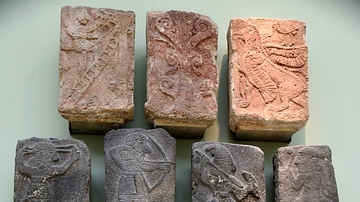
Image
Reliefs from Kapara's Palace at Tell Halaf
Some of these wall reliefs were inscribed; the inscriptions read "Palace of Kapara, son of Hadianu". The base of the south wall of Kapara's palace was lined with a series of 187 reliefs carved in black basalt alternating with red ochre-tinted...

Definition
Hallstatt Culture
The Hallstatt culture is named after the site of that name in Austria and it flourished in central Europe from the 8th to 6th century BCE. The full period of its presence extends from c. 1200 to c. 450 BCE - from the Late Bronze Age to the...
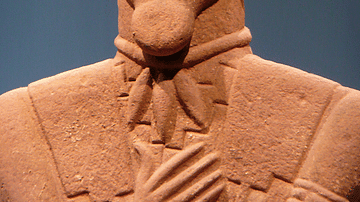
Definition
La Tène Culture
The La Tène culture (c. 450 - c. 50 BCE) is named after the site of that name on the northern shores of Lake Neuchâtel in Switzerland. It replaced the earlier Hallstatt culture (c. 1200 - c. 450 BCE) as the dominant culture of central Europe...

Definition
Salado Culture
The Salado culture is a term used by historians and archaeologists to describe a pre-Columbian Southwestern culture that flourished from c. 1200-1450 CE in the Tonto Basin of what is now the southern parts of the present-day US states of...